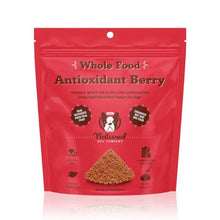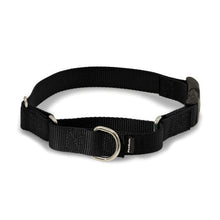How To Stop Food Guarding Before It Starts

Guarding resources is a natural behavior for dogs, other animals, and people. None of us like our possessions taken from us and will protect what is ours. Humans go to great lengths to protect their resources by locking the front door, installing security systems, and tucking money safely away in the bank. Since dogs don’t have these conveniences, and only have themselves to rely on, they will attempt to protect their food (and toys) from people as well as other animals. The trouble with this is that dogs have the potential to guard their possessions fiercely and can inflict some serious damage while guarding.
For dog owners, it best to train their puppy not to guard their food, or anything else such as toys, bedding, the couch, space, etc., from the day you bring them home. However, the focus of this article is food guarding. Teaching a puppy not to guard his food is much easier than reversing the behavior once it starts. Many dog owners will teach their dog not to guard by taking the pups food away over and over in an attempt to pass along the message, “I’m in control of the food, not you.” This exercise is frustrating for dogs and there is a much easier way! Rather than teaching your puppy that whenever your hand comes near his bowl, you’re going to take his food away, how about teaching your puppy that when your hand comes near the bowl, something good happens?
It’s easy to do. Simply divide the pup’s food in half at mealtimes and place in two bowls. Give your puppy his food and as he eats, reach in the other bowl and drop some food into the bowl he is eating from. You can even put a few tasty treats in the bowl you’re holding and feed them to the puppy. You can also hold your puppy’s food bowl while he eats, but don’t give him permission to dig right in. Make him wait a bit for his food and as he gets older, teach him to sit and wait for you to hold the bowl out to him. You can praise and give him a few pats on the back for good behavior. Finally, hand feed your dog portions of his food. Talk to your puppy and make sure he is looking at you when you feed him. Ask him to sit and feed him when he’s still. Don’t feed the pup when he’s excited and jumping around. Calmly hold his food until he is calm, them feed and praise him.
To prevent your puppy from guarding his food from the rest of your family, have each person hand feed the pup in these ways, especially children. When you teach your puppy not to guard his food, you are teaching him to respect your role as the leader of your house, self-control and discipline. If your dog already has a food guarding problem, your dog can be reconditioned through guarding and desensitization treatment. This type of treatment/training is highly effective but fairly complex and detailed and may require the help of an experienced trainer. Signs a dog is guarding food, when you or another animal approach the feeding area your dog:
- Gives you a hard stare
- Growls
- Snarls
- Snaps
- Bites
- Attacks
The key to avoiding natural guarding behavior is to prevent it from happening when you bring your puppy home and never allowing your dog to guard food, toys, etc. Since food is the most important resource your dog has, by taking control of the resource and making feeding times pleasant for your puppy, the risk of his guarding other things diminishes as you can control other resources in similar ways. Such as, holding a bone while he chews it, feeding treats by hand, holding onto toys (then letting go and taking again making it a fun game), touching your dog at mealtimes, when he’s playing, etc. If your dog is guarding food and you feel he may bite, simply feed the dog in a crate or in private away from other people until you get professional help or can start reconditioning treatment.
























